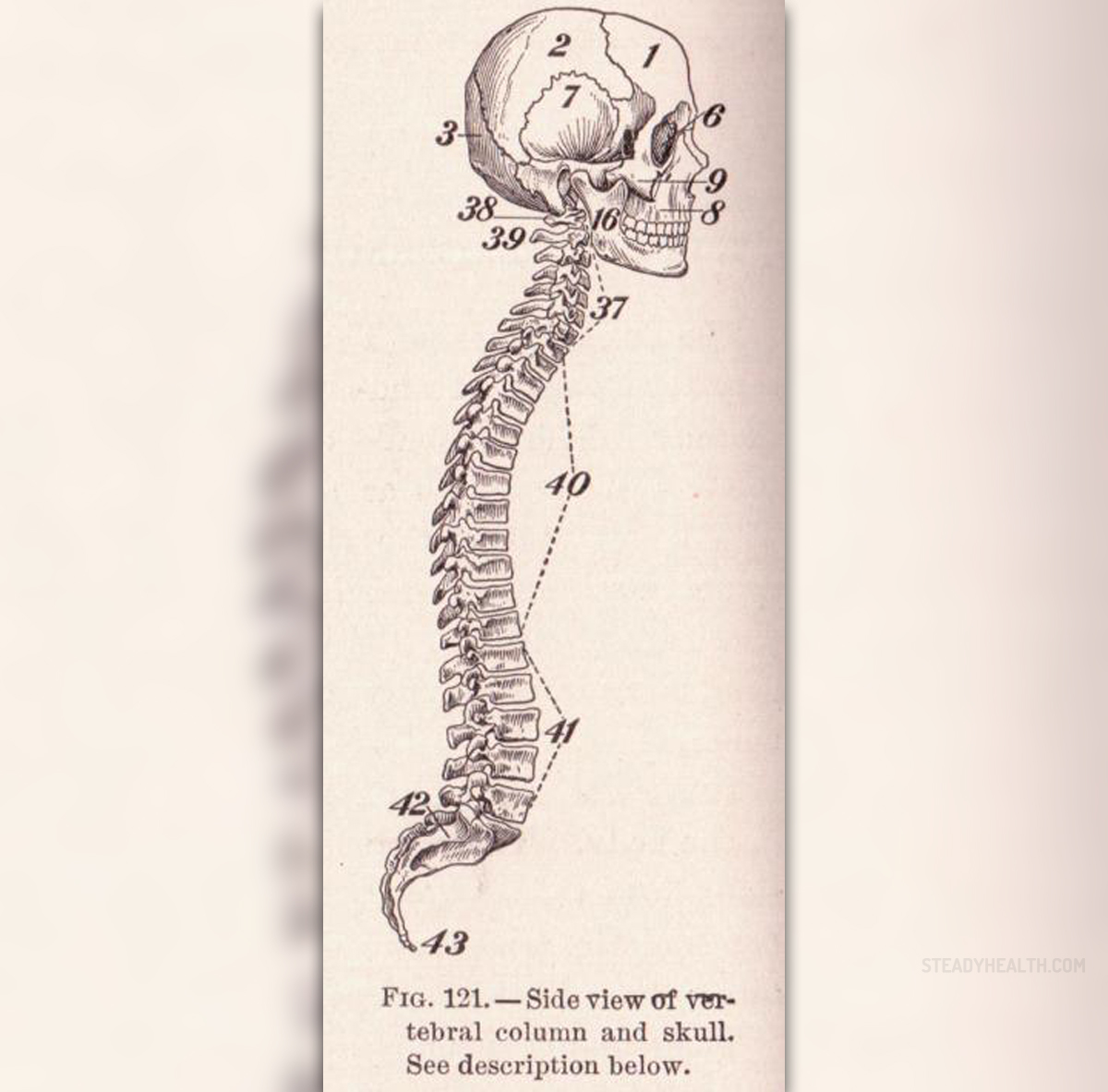
Spinal Tumors Overview
Spinal tumors are quite rare but when they occur they are usually devastating. They include all the growths that occur inside or around the spinal cord. Spinal tumors are divided into benign and malign. Benign tumors in most cases act as malignant since they also lead to serious compression of the spinal cord and consequent complications. Further division of spinal tumors is on primary and secondary. And finally, they are all classified according to the tissues they originate from.
Symptoms of Spinal Tumors
The symptoms of spinal tumors basically depend on the level of the spine which is affected. Tumors can grow slowly or rapidly hence the symptoms occur gradually or quickly. Benign tumors lead to compression of the surrounding tissues while malignant tumors invade the nearby structures such as vertebral column, blood vessels, the very spinal cord, nerve roots and meninges. In malignant tumors there is even a chance of metastatic spread.
Back pain may be the leading symptom of spinal tumors. It is present in many patients who are suffering from this terrible disease. The localization of the pain depends on the localization of the tumor. The pain may reduce in intensity during rest or can be present all the time. In some cases, the pain may irradiate towards other parts of the body.
The growth of the tumor leads to compression or invasion of the surrounding tissues. If nerve roots are affected the person will experience weakness of muscles below the affected level of spine. So if cervical spine is affected by the tumor the patient reports weakness of both arm and leg muscles and problems with the bladder and the bowel. If lumbar spine is affected the weakness will only affect legs, the bladder and the bowel.
Changes in sensations occur as well. The patient may report reduction in sensations such as numbness or he/ she may suffer from unpleasant sensations such as prickling or tingling sensations. Decrease in sensations increases the chance of accidental burns or frostbite since the body cannot properly recognize hot or cold stimuli.
And finally, if left untreated and in final stages of the disease patients commonly face paralysis.
Treatment of Spinal Tumors
MRI of the brain and spine assists in setting of the diagnosis and visualization of the spinal tumors. MRI is also of great help for surgeons who will perform the surgery and remove the tumor. Depending on the tumor they are removed either partially or totally. The surgeon has to pay huge attention not to damage the nerves and surrounding tissues. This type of surgery is very risky and it requires well-experienced expert. In certain malignant tumors postoperative radiotherapy is indicated. Even stereotactic radiosurgery can be perfect modality for removal of the spinal tumor. To reduce the compression caused by swelling the doctors most commonly prescribe corticosteroids. The outcome depends on the pathohistological type of the tumor, its size and the damage caused by the tumor.

















Your thoughts on this
Loading...